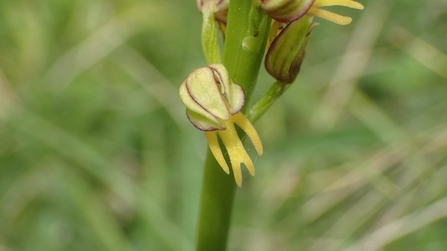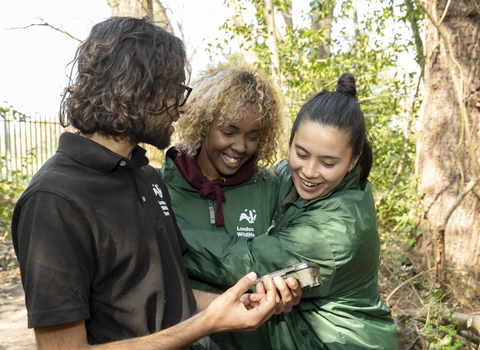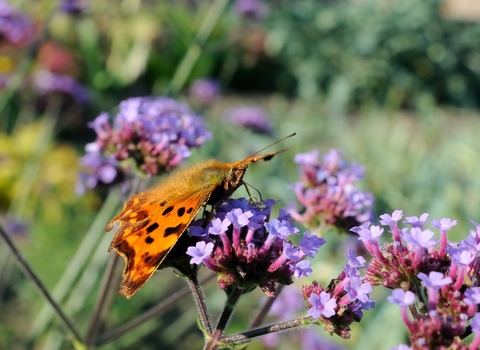What makes chalk grassland habitats so special is that they develop on lime-rich soils, overlying chalk rocks. Chalk was formed at the bottom of the Cretaceous sea around 100 million years ago and is made up of the remains of marine plants and animals. The soil is very low in nutrients and water, this makes it hard for long grasses to grow which leaves a nice competitive-free environment for wildflowers to flourish. Meaning a very diverse habitat can develop. Over 40 different species of plants and wildflowers can be found per square metre! This in turn supports a wide variety of insects.
However, without proper management, chalk grassland can be lost as grasses, scrub and trees can dominate. So, in partnership with the Downland Trust, sheep graze on Hutchinson’s Bank to keep these under control and volunteers manage the surrounding scrub. The presence of yellow-rattle, a flower which is parasitic on the roots of grasses, also helps to maintain diversity as it allows the more delicate plants to compete with grasses.
At Hutchinson's Bank the London Wildlife Trust team have created chalk scrapes where they remove the first couple of inches of soil to reveal the bare chalk underneath. They have planted things like kidney vetch, the larval food plant of the rare small blue butterfly, which has the brilliant scientific name of Cupido minimus. There are so many fascinating butterflies to discover along the Bank, keep your eye out for rare ones such as the vibrant Adonis blue.



